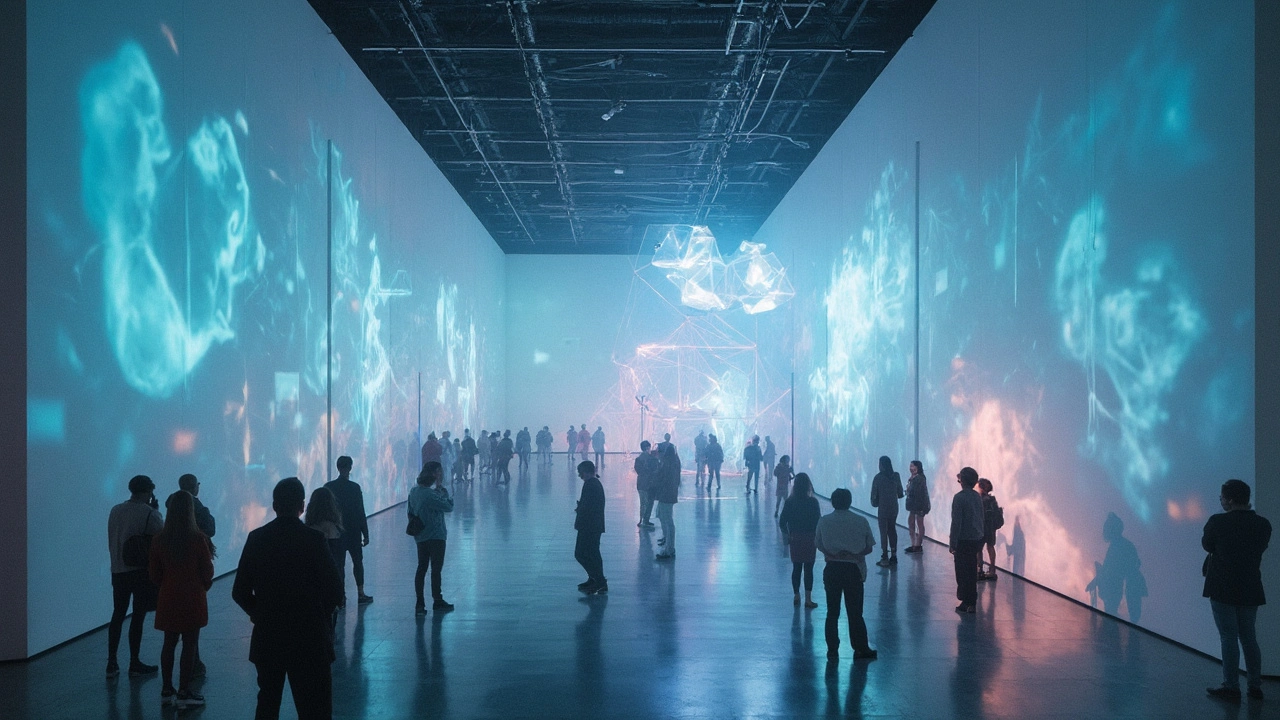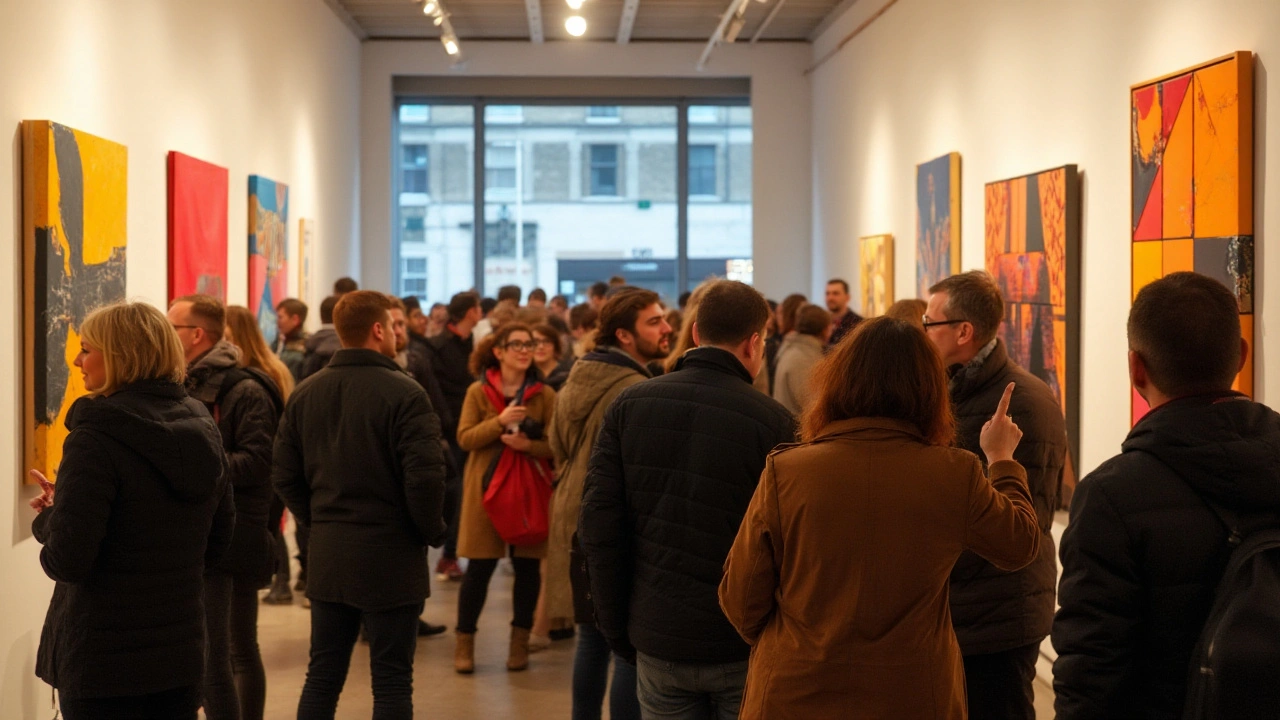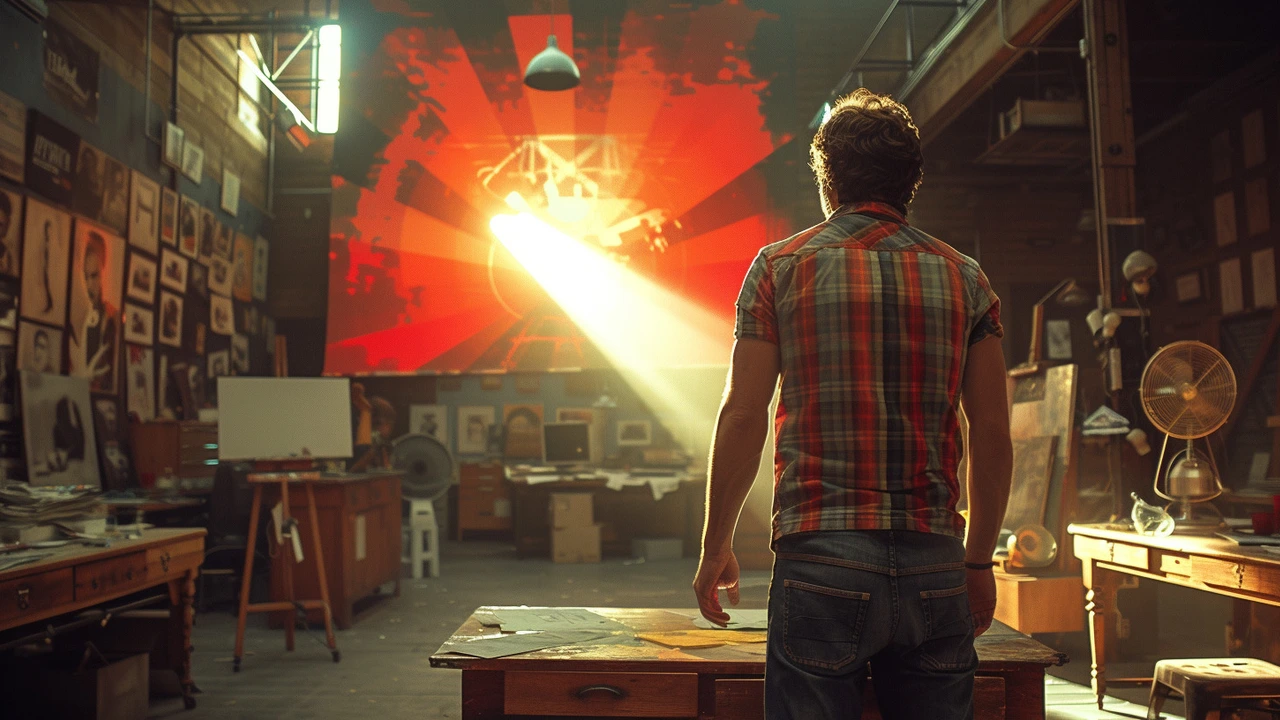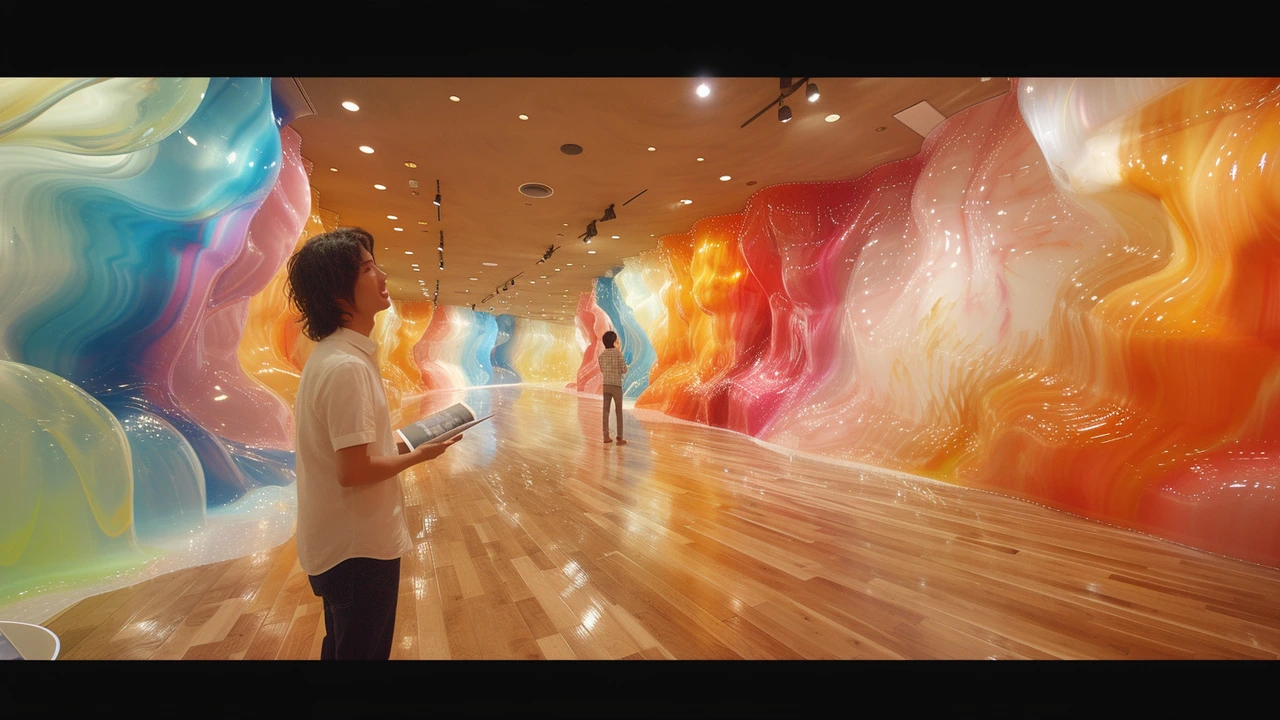Beginner's Guide to Visual Art: Simple Steps to Start
Want to understand art without getting lost in jargon? Good — you don’t need a degree to appreciate or make art. This guide gives you a clear plan: what to read first, easy exercises to build skill, and how to use the articles tagged “beginner’s guide” on this site. Pick one short task, do it, and you’ll feel progress within days.
Where to begin and what to read
Start with broad movements to get a map of art history: read pieces like "Bauhaus Modernism" to see how design changed daily life, or "Abstract Expressionism Meaning" to feel why artists shifted to emotion over realism. Then check focused how-to and technique articles such as "Photorealism Art: Techniques, Secrets & History" and "Installation Art: Evolution, Techniques, and Famous Works Explained". Reading one movement and one technique each week builds context and practical know-how fast.
Use the tag page as a playlist. Open a short article, bookmark one sentence that surprised you, and try a related quick exercise. For example, after reading Photorealism, try a 30-minute observation drawing from a photo. After Bauhaus, sketch a simple chair design using only straight lines and a limited palette.
Practical steps and quick exercises
Make a 4-week plan: Week 1 — Foundations: basic shapes, value, and perspective; Week 2 — Movements: read two articles (try "Cubism: The Art Movement That Shook Up Art" and "Baroque Art: A Closer Look at Genius and Drama"); Week 3 — Techniques: try photorealism details or installation ideas; Week 4 — Share and reflect: post photos, ask for one specific critique.
Daily habits beat long study sessions. Spend 15–30 minutes drawing from life or photos. Keep a simple sketchbook and label each page: date, what you learned, one thing to try next time. When you read an article, list two techniques or artists to look up. For example, after "Top 10 Photorealism Artists You Must See," pick one artist and copy a tiny section of their work to study brushwork and contrast.
Get out of the house: visit a local gallery or museum, even for 20 minutes. Look for works mentioned in the articles—Baroque drama, Bauhaus lines, or Fluxus performance ideas. If you can’t visit, search images and videos online, and pay attention to how pieces are displayed and the materials used.
Finally, keep it social. Join a local sketch group or an online forum, share one image weekly, and ask for one clear tip. The tag page collects beginner-friendly reads that make this process easy—pick a title, try a short task, and repeat. Small actions add up faster than long plans.




